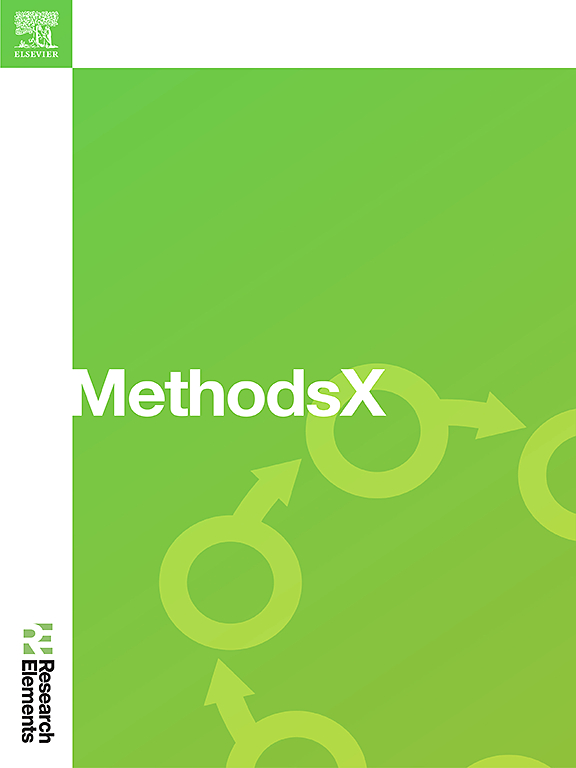A straightforward Py-GC/MS methodology for quantification of microplastics in tap water
IF 1.6
Q2 MULTIDISCIPLINARY SCIENCES
引用次数: 0
Abstract
This study introduces a cost-effective and streamlined Pyrolysis Gas Chromatography-Mass Spectrometry (Py-GC/MS) methodology for detecting and quantifying microplastics in tap water, focusing on seven common polymers. Unlike conventional approaches relying on expensive pyrolyzate libraries, this method identifies pyrolysis fragments by matching their m/z values with commercially available mass spectral libraries (Wiley Registry 12th Edition/NIST 2020) and confirms findings using pure polymer standards. Recovery was evaluated using two approaches, demonstrating that analysis of the entire filter provided more accurate results compared to extrapolation from subsections. The method exhibited excellent linearity for all targeted polymers (R² > 0.996) and achieved detection limits as low as 0.01 µg for polystyrene (PS) and up to 2.59 µg for polyethylene (PE). Application to tap water samples revealed consistent detection of PS, ranging from 2.532 to 2.571 ng/L in morning samples and 0.867 to 1.540 ng/L in afternoon samples, with polypropylene and PE below the limit of quantification (<LOQ). This method provides a reliable, efficient, and cost-effective tool for routine laboratory analysis of microplastics in tap water and other environmental matrices.
- •A 23-minute Py-GC/MS method efficiently quantifies microplastics in tap water.
- •Cost-effective strategy using commercially available mass spectral libraries.
- •Accurate quantification with ng/L sensitivity validated by pure polymer standards.

求助全文
约1分钟内获得全文
求助全文
来源期刊

MethodsX
Health Professions-Medical Laboratory Technology
CiteScore
3.60
自引率
5.30%
发文量
314
审稿时长
7 weeks
期刊介绍:
 求助内容:
求助内容: 应助结果提醒方式:
应助结果提醒方式:


